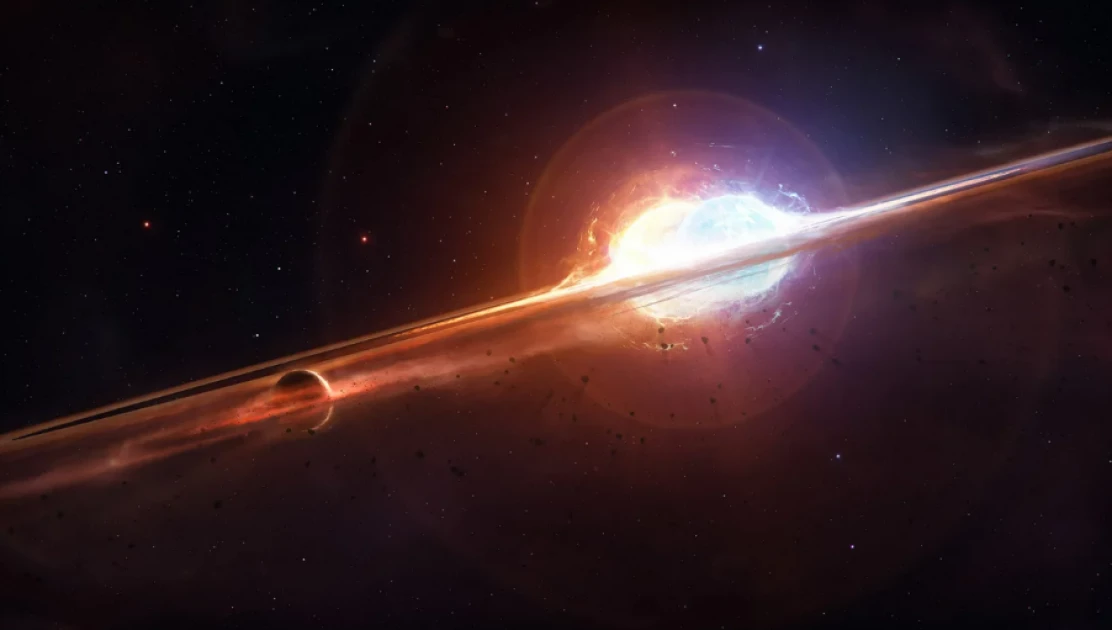In a remarkable twist of fate, a colossal planet resembling Jupiter, situated a staggering 520 light-years away from our planet, may have defied all expectations by surviving the wrath of its tumultuous host star. Known as 8 UMi b, this gas giant was bestowed the name “Halla” after its initial discovery in 2015 by Korean astronomers, drawing inspiration from South Korea’s revered peak, the highest mountain known as Halla.
Halla orbits a massive star named Baekdu, surpassing our own sun in size, and resides in the Ursa Minor, or “Little Bear,” constellation. Positioned at a distance of approximately half the span between Earth and the sun, precisely 0.46 astronomical units or 42,759,659 miles (68,815,020 kilometers), Halla classifies as a “hot Jupiter,” denoting exoplanets akin in size to Jupiter but characterized by scorching temperatures due to their close proximity to their host stars.
Astrophysicists and astronomers find themselves captivated by the enigma of Halla’s survival, given that its star underwent a tumultuous transition capable of obliterating neighboring planets. In a study published on Wednesday in the journal Nature, researchers documented their findings, offering insights into this extraordinary phenomenon.
The team meticulously observed Baekdu utilizing NASA’s Transiting Exoplanet Survey Satellite, a space-based observatory dedicated to scrutinizing nearby stars. Their scrutiny uncovered a remarkable revelation: the star, having seemingly depleted its hydrogen supply, is presently consuming the reservoir of helium in its core. This observation leads astronomers to deduce that Baekdu had previously swelled into a red giant star.
Dr. Dan Huber, a co-author of the study and an Australian Research Council Future Fellow at the University of Sydney, as well as an associate professor at the Institute for Astronomy of the University of Hawaii at Manoa, expressed astonishment, stating, “Engulfment by a star normally has catastrophic consequences for close orbiting planets. When we realized that Halla had managed to survive in the immediate vicinity of its giant star, it was a complete surprise.” He further explained that as the star depleted its hydrogen fuel, it would have expanded to a size 1.5 times greater than the current orbital distance of the planet, completely engulfing it in the process, before ultimately shrinking to its present size.
This intriguing revelation has left the scientific community in awe, as Halla’s improbable survival amidst the maelstrom of its star’s tumultuous evolution defies conventional wisdom. The study not only deepens our understanding of the complexities of planetary dynamics and celestial interactions but also serves as a testament to the astonishing resilience and endurance displayed by celestial bodies in the vast expanse of our universe.
